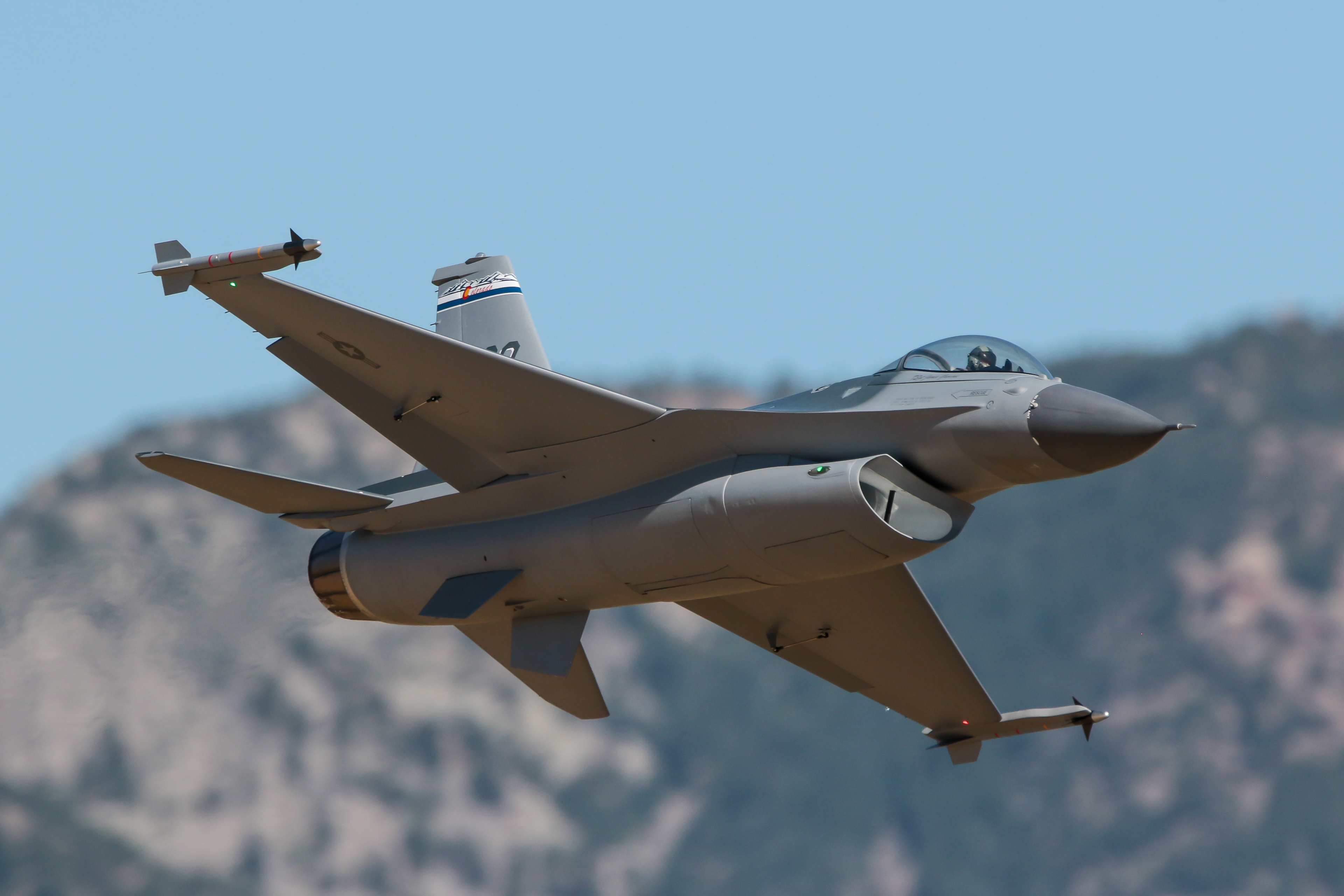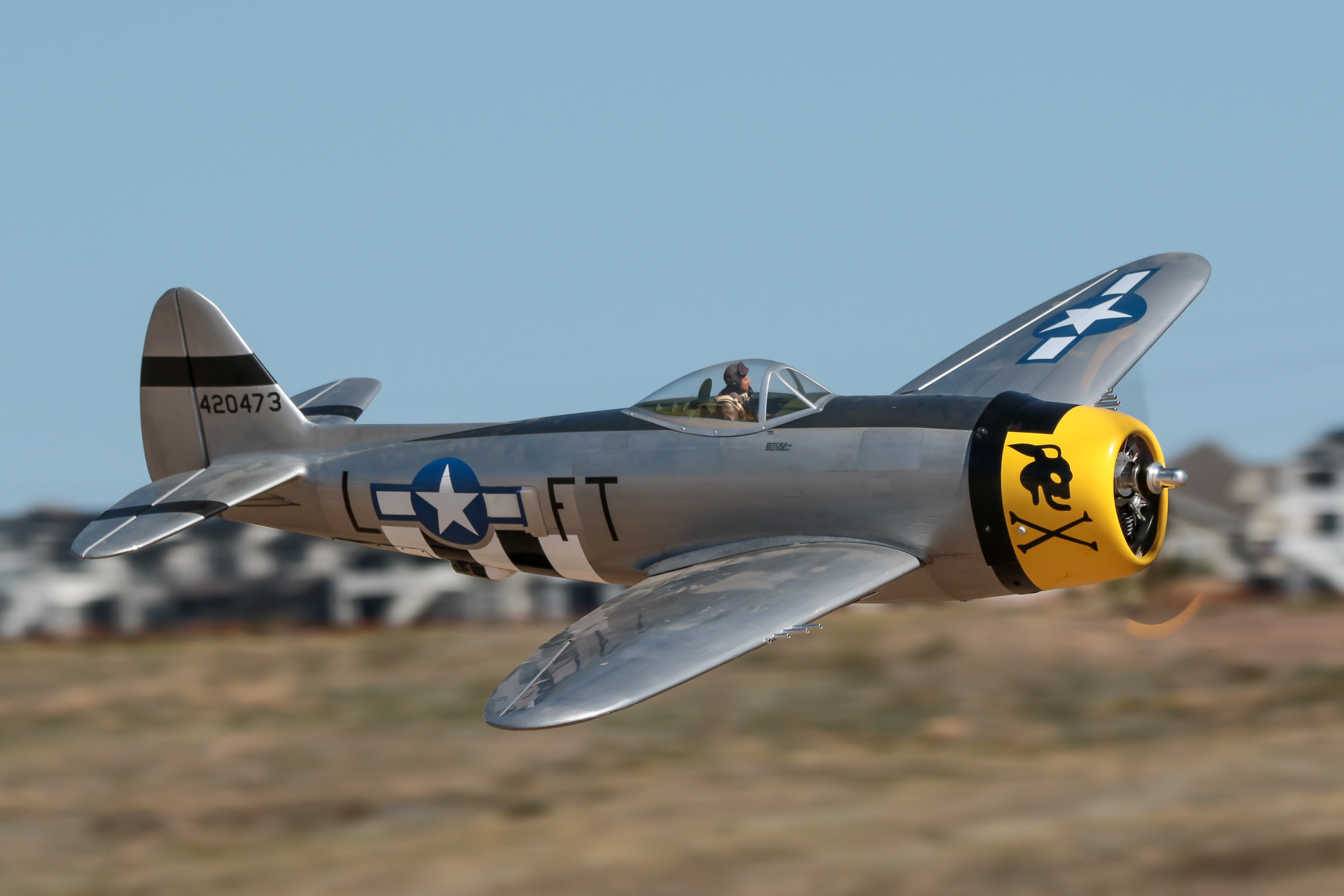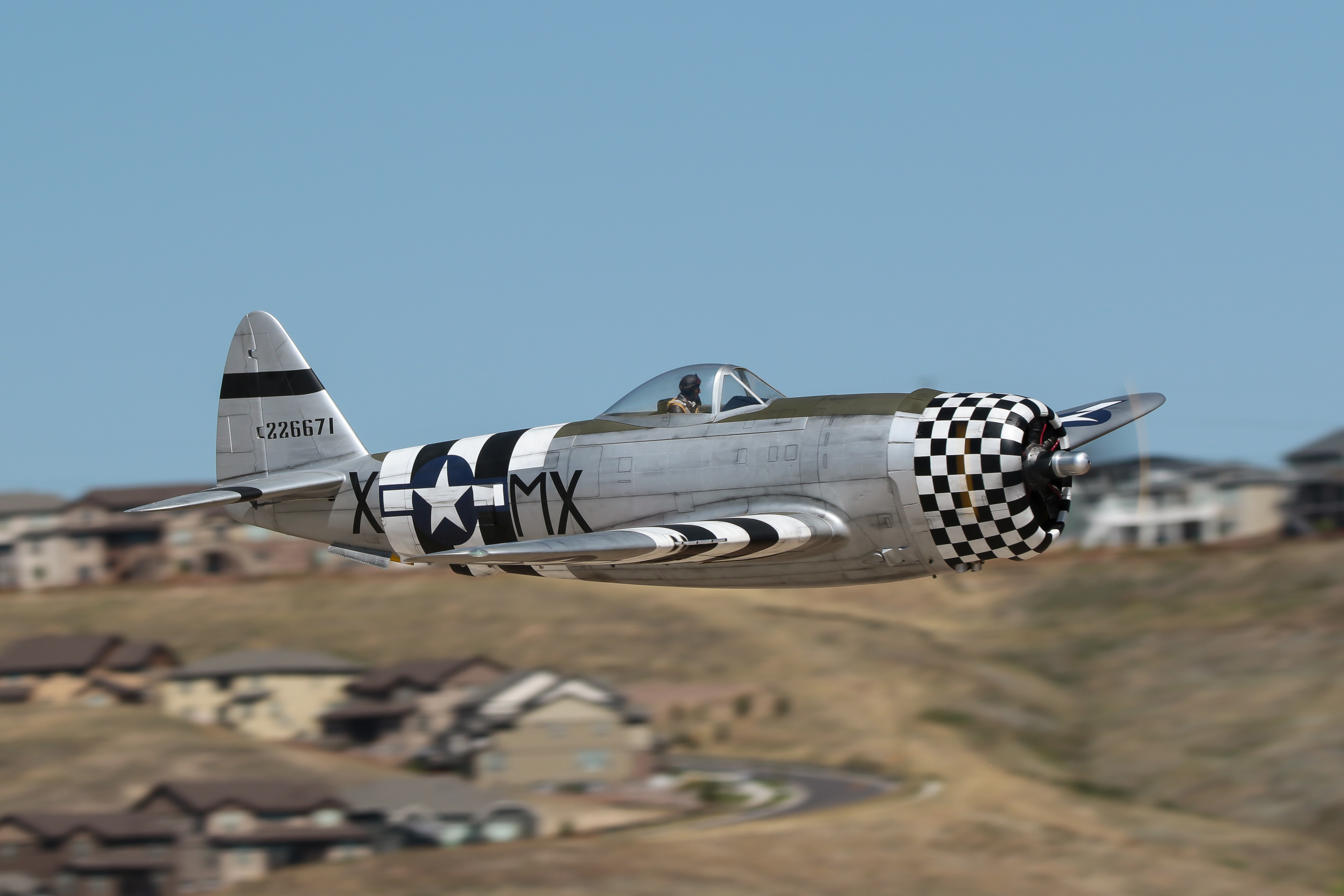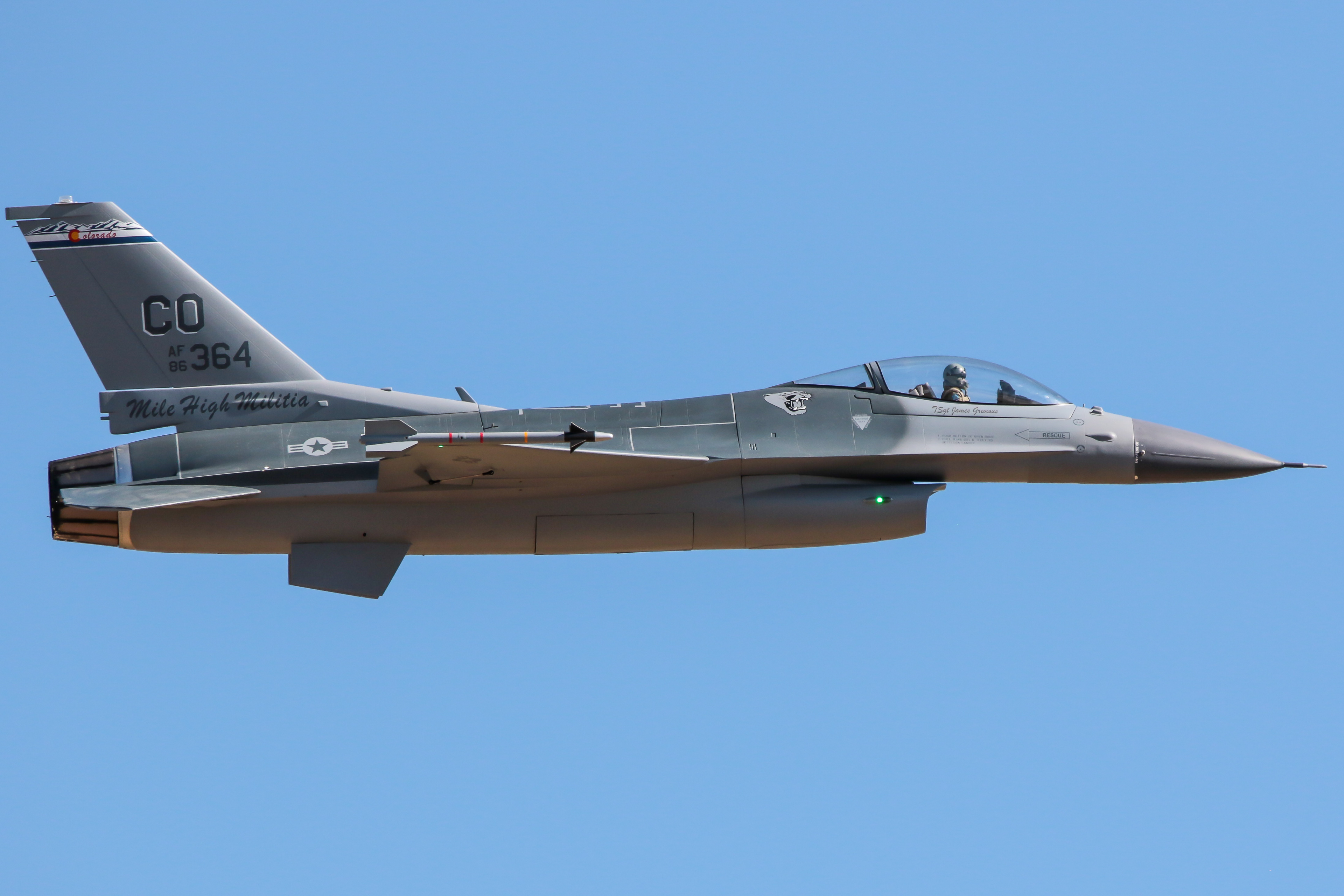Answer me a simple question.
I did an experiment. From the same location and with the same repeatable subject, I could track that subject at 600mm with an OVF, at 600mm with the OVF but shooting at 7fps and at 200mm with 25ms of EVF lag.
The question is, why was that the result of that experiment?
Because
that was the result you wanted from the experiment before you went into it.
I will accept that you suffer from some form of over-sensitivity that makes you incompatible with an EVF, but please accept that there are plenty of photographers out here who have no problems in tracking fast-moving subjects with an EVF.
And then you show a bunch of slow moving subjects easy to shoot.
A Hawker Sea Fury is slow moving at 400+ MPH?
It's a full-scale airplane, far away, moving steadily at a low angular rate, widely framed and at only 300mm-equivalent. The math says it's 175m away. This is 41m away going 200+mph (the equivalent of the Sea Fury at 1,700mph, which would be bad) and because it's a model, it's much more erratic being much lighter and more affected by turbulence. It's also tightly framed and taken at 750mm equivalent. This shot is easily 10-20 times harder than your Sea Fury shot, and it's not nearly the hardest thing I regularly shoot.
The crop on the above shot is impressive, giving the maximum of size of model within the frame, but it is not ideal from a composition point of view (granted that might not be what you are going for). The Sea Fury shot is composed like that to give the viewer some space for the aircraft to move into - I would also argue that the Sea Fury shot gives a greater impression of speed due to the blur in the background - I have no doubt that the F16 model was going at a fair clip, but because there is no reference point to judge speed against it could be static... I've found this a problem shooting fast cars, which, if you shoot them with high enough shutter speeds can actually look like they are parked in the middle of the track - hence my use of slower shutter speeds (which I would point out require pretty good tracking to get an acceptably sharp aircraft/bike/car against a blurred background).
I thought we were talking tracking. But whatever, I've got thousands upon thousands of these.



It is moving fast enough that the clouds behind are showing motion blur...
Anyhow...so if one of the fastest prop-driven aircraft ever built, or a race car, or a motorbike in extreme lean around a corner of a Grand-Prix circuit within 20ft of the photographer are not the fast-moving subjects that you are referring to, will you grant that people can shoot subjects of those sort of speeds confidently with an EVF?
I'll grant it's possible, but better and more reliable with an OVF.
I'd love for you to post us a picture that shows one of the fast moving subjects that you think is beyond the capability of an EVF...
I never said it was impossible. I said that it's easier and more reliable to track high speed subjects with an OVF because of the lack of lag. The lack of lag means you can frame more tightly or get a higher keeper rate. That doesn't mean the keeper rate with lag is zero, just lower.
...at the end of the day, it doesn't matter - they both work - it is just kit that you use to get a shot. The shot is what matters.
And at the end of that day, I couldn't get the shots I was required to get for work because of the lag caused by the EVF. I completed the project successfully with the SLR with tripod and fluid head.
Lee, I have no doubt that you have rational opinions on lots of subjects, but your vehement attitude towards EVFs and their capabilities and your inability to let anything go, or to grant that some photographers get on fine with them, just undermines whatever credibility you might have had on the subject.
My contention on this subject is backed up by the math of closed-loop control systems. That means, I'm right and everyone claiming lag doesn't matter is wrong. Lag does matter for tracking. That's not an opinion, it's a fact of the math of closed loop control. If you shoot slow or stationary subjects, the amount that it matters may be immaterial to you, but that doesn't mean it's impact doesn't exist. It also means it's impact might be crucial to others.
My contention is based on my real-world experience with EVFs after a lifetime of using both direct view/rangefinder and SLR viewfinders - I will grant that my definition of high speed subjects might top out at 400MPH and your scale speeds may be higher, but I'd still argue that a bit of adaptation and acquired technique can work wonders. Optical viewfinders are lovely, but for my photography (which is quite varied), the EVF works fine.
And that may well be true.
My contention is simple, and supported by control theory. Whatever you can do with lag in the system you can do better without the lag. Or, you can do more without lag than you can with lag.
As I said, these were no where near my most challenging tracking situations. Try tracking, by hand, a 9m object, in orbit, from 400km away, at night, at 4,300mm equivalent through f/21 optics while it files straight over your head and you have to manually focus.
--
Lee Jay








